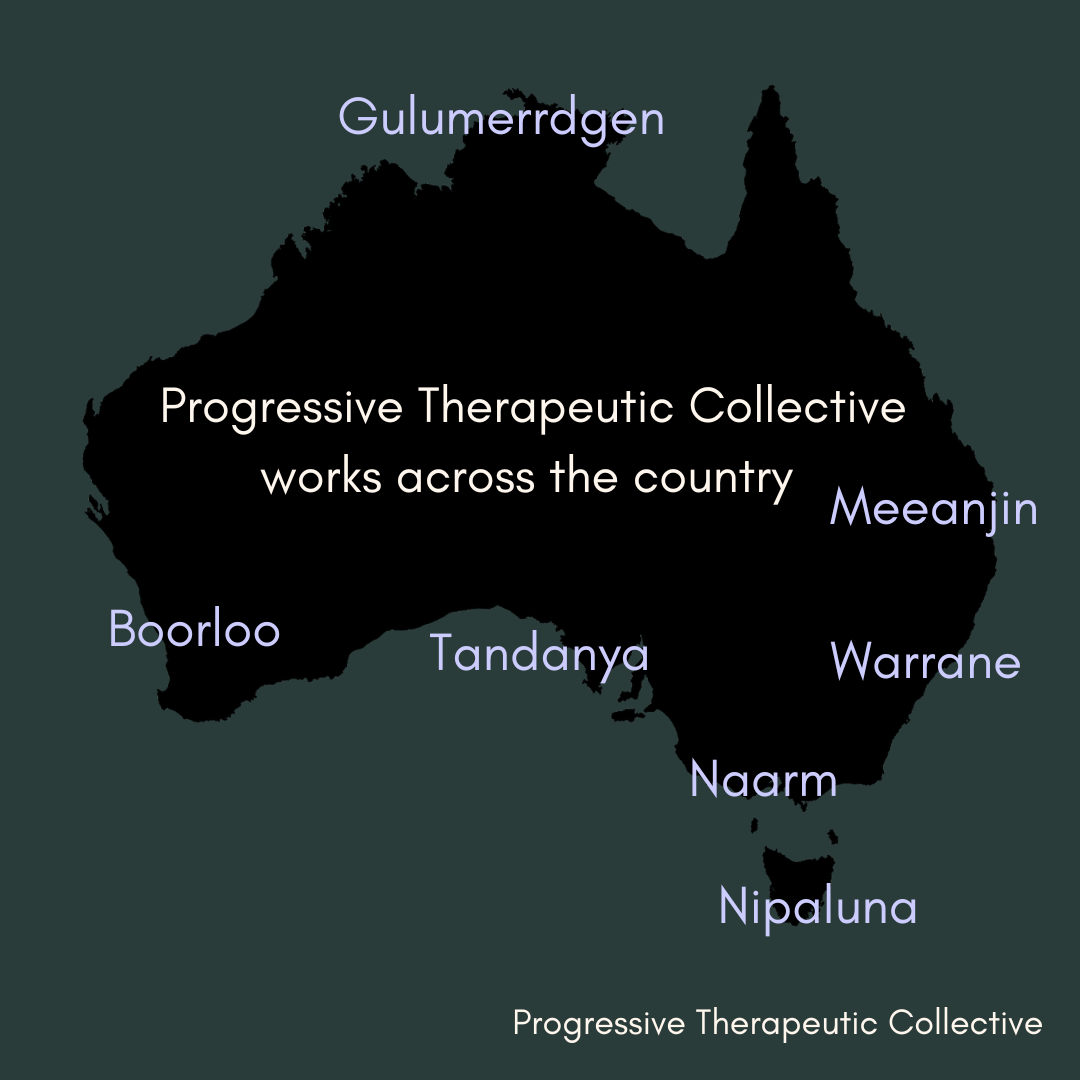Workplace Mental Health: Burnout Prevention and Management Strategies
Burnout, a state of chronic physical and emotional exhaustion often accompanied by cynicism and a feeling of reduced professional efficacy, has become a pervasive issue in today's fast-paced work environments. Recognising and addressing burnout is critical for maintaining a healthy, productive, and engaged workforce. This article explores holistic, integrative, and clinically effective strategies for preventing and managing burnout in the workplace, while also critiquing the inherent limitations of traditional work structures.
Understanding Burnout
Burnout is characterised by three main dimensions: exhaustion, cynicism, and inefficacy. These symptoms result from prolonged exposure to stressors at work, such as excessive workload, lack of control, insufficient rewards, breakdown of community, absence of fairness, and conflicting values. Understanding these root causes is essential for developing effective prevention and management strategies.
Holistic and Integrative Approaches
Workload Management: Balancing workload is critical. Employers should ensure that tasks are distributed evenly and that employees have the resources and time needed to complete their work effectively. Regular check-ins can help monitor workload and prevent overburdening. However, this requires a shift away from the "always-on" culture that valorises overwork and productivity at the expense of personal well-being.
Fostering a Supportive Work Environment: Creating a culture of support and collaboration can significantly reduce feelings of isolation and cynicism. Encouraging teamwork, open communication, and peer support can enhance a sense of community and belonging. This involves dismantling hierarchical structures that often suppress open dialogue and fostering an environment where all voices are heard and valued.
Promoting Work-Life Balance: Employers should encourage employees to take regular breaks, use their holiday entitlement, and establish boundaries between work and personal life. Flexible working hours and remote work options can also contribute to better work-life balance. However, the concept of work-life balance itself can be critiqued as it often assumes a clear demarcation between work and personal life, which is not feasible for everyone. The traditional office environment, rooted in patriarchal norms, often fails to accommodate the diverse lives and needs of employees, such as caregivers or those with non-traditional schedules.
Providing Mental Health Resources: Access to mental health resources, such as Employee Assistance Programmes (EAPs), counselling services, and stress management workshops, is crucial. These services can provide employees with the tools they need to manage stress and prevent burnout. Nevertheless, there is a need to ensure these resources are culturally sensitive and accessible to all employees, recognising that mental health support must be inclusive of diverse backgrounds and experiences.
Recognising and Rewarding Efforts: Regular recognition and rewards can boost morale and motivation. Acknowledging employees’ hard work and contributions fosters a positive work environment and combats feelings of inefficacy. Yet, recognition systems must be equitable, avoiding biases that favour certain groups over others, and should not reinforce a competitive environment that could lead to further stress.
Professional Development and Growth Opportunities: Offering opportunities for career advancement and professional growth can help employees feel valued and motivated. Providing training and development programmes can also enhance their skills and reduce job-related stress. This requires a commitment to dismantling barriers that often limit the advancement of marginalised groups within the workplace.
Encouraging Physical Activity and Healthy Lifestyles: Promoting physical health through wellness programmes, gym memberships, or onsite fitness facilities can improve overall well-being. Encouraging healthy eating, regular exercise, and adequate sleep are also vital components of burnout prevention. However, it is essential to recognise and address the barriers that might prevent some employees from participating in these programmes, such as time constraints or financial limitations.
Mindfulness and Stress Reduction Techniques: Integrating mindfulness practices, such as meditation, yoga, and deep-breathing exercises, into the workplace can help employees manage stress and enhance their emotional resilience. These practices should be offered as options, not mandates, recognising that different individuals have different ways of managing stress.
Progressive Therapeutic Collective (PTC): Supporting Workplace Well-being
Progressive Therapeutic Collective (PTC) recognises the critical importance of addressing burnout in the workplace. As a leading provider of Employee Assistance Programme (EAP) services to small and medium-sized enterprises (SMEs) and not-for-profits (NFPs) in Australia, PTC is dedicated to fostering a mentally healthy workforce. PTC's comprehensive EAP services include confidential counselling, stress management workshops, and resources designed to help employees navigate the complexities of work-related stress and burnout.
PTC’s approach is grounded in evidence-based practices and a deep understanding of the mental health landscape. By partnering with PTC, organisations can ensure their employees have access to the support they need to thrive in a demanding work environment.
Implementing Burnout Prevention Strategies
For burnout prevention and management strategies to be effective, they must be integrated into the organisational culture. Employers should take a proactive approach by regularly assessing the work environment, soliciting employee feedback, and making necessary adjustments to policies and practices.
Leadership plays a pivotal role in setting the tone for a healthy workplace. Leaders should model healthy behaviours, such as taking breaks and managing stress, and encourage their teams to do the same. Providing training for managers on recognising signs of burnout and supporting their teams can also make a significant difference.
In conclusion, addressing burnout requires a holistic and integrative approach that considers the diverse needs of employees. By implementing effective workload management, fostering a supportive work environment, promoting work-life balance, providing mental health resources, and encouraging healthy lifestyles, employers can create a resilient and engaged workforce. Organisations like Progressive Therapeutic Collective are invaluable partners in this journey, offering the expertise and resources needed to support employee well-being and prevent burnout. This journey involves a critical examination and transformation of traditional work structures that often perpetuate burnout and inequality, ensuring a more inclusive and supportive work environment for all.

